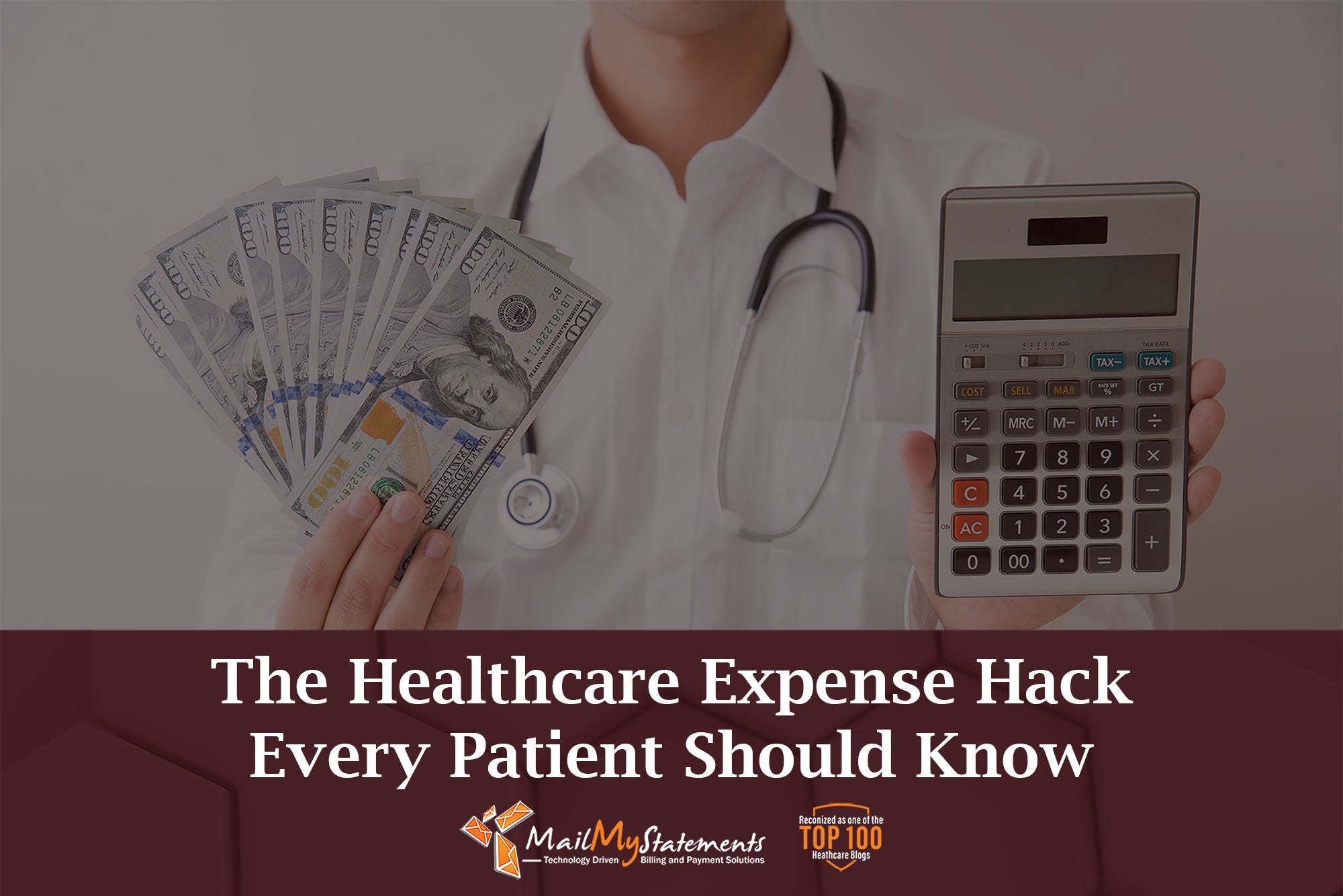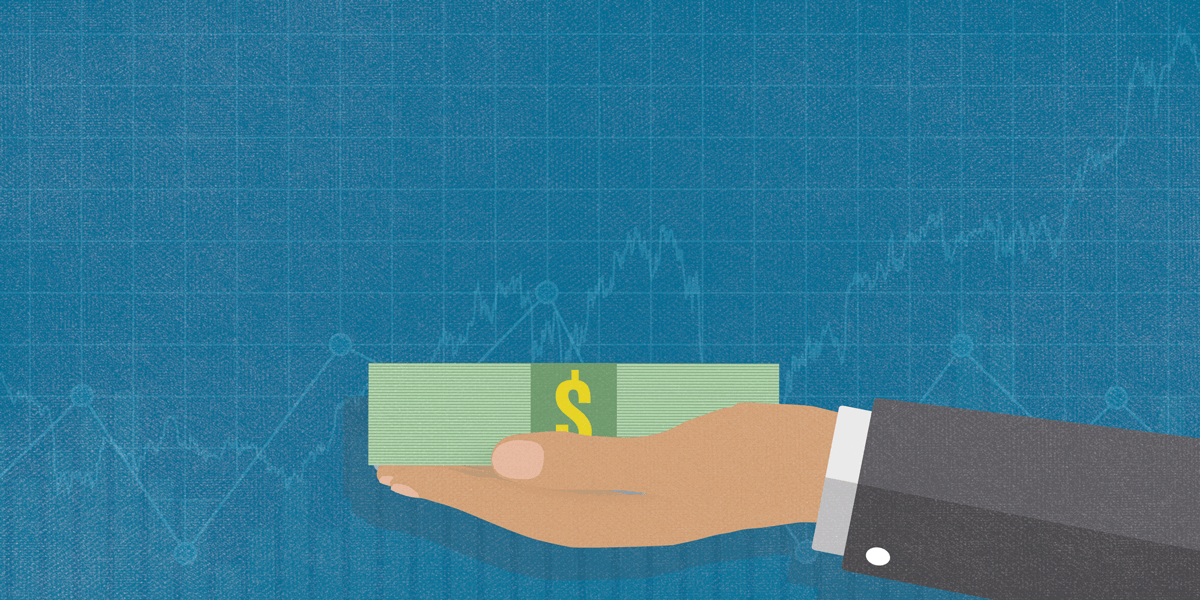The Healthcare Expense Hack Every Patient Should Know

There’s no question that Americans from all walks of life are feeling the pinch when it comes to healthcare expenses.
Every Open Enrollment period has become a time to agonize over how much we can afford and how much risks we can tolerate. (And the rest of the year, crossing our fingers that everyone stays safe and healthy.)
As the cost of health insurance rises, more people are opting for high-deductible plans, and some even got priced out of the market altogether.
In addition, if you fail to check whether a hospital or provider is in-network or if a procedure is covered by insurance, you could get a sticker shock when the medical bill arrives.
It’s not uncommon to hear about families getting into financial troubles or even having to file for bankruptcy because of their healthcare expenses.
You might have heard stories of how hospitals are charging unreasonable fees for anything from cotton balls to cancer drugs.
What can you do when you receive a bill charging $77 for a box of gauze, $283 for a routine chest X-ray for which Medicaid typically pays a provider just $20.44, or $13,702 for a drug that probably costs the hospital $3,000?
As consumers, are we stuck with whatever number the hospitals come up with… or is there something we can do?

The Truth Behind Inflated Healthcare Expenses
After spending over 25 years as an executive in the healthcare industry — co-founding ENS Health, a highly successful national healthcare electronic data interchange company, and then serving in various leadership roles within Optum, a UnitedHealth Group company — I’ve had a front-row seat to observe what’s happening behind the scenes.
Did you know that some hospitals have different pricing for the same drugs or the same procedures?
There’s a “list price” that appears in medical bills and an often lower, negotiated price that providers will accept from insurance companies (“payers”) or Medicaid.
Could some perhaps have another hidden price in their “back pocket” for the uninsured knowing they will be unlikely to collect on a large percentage of those bills? Or maybe they are leaving some room to negotiate with a savvy cash-paying consumer or pay a collection company to chase after those that don’t pay. In any case, there’s a “minimum” fee they’re willing to accept as payment for varied healthcare expenses.
However, if you aren’t aware of what a provider might reasonably accept as payment or what an insurance company might reasonably pay that provider, you’d have no way to negotiate a fair price for your treatments.
What if this information is no longer a secret?
What if there’s a website that lists out the “reasonable” price the average provider would accept as payment and an insurance company would likely reimburse for each and every single drug or procedure, allowing consumers to check if they’re being ripped off?
It turns out, such a database does exist.
The Website the Healthcare Industry Doesn’t Want You to Know About
Over a decade ago, UnitedHealth Group started collecting data on the minimum amount of hospitals, and healthcare providers were willing to accept for every procedure, drug, and treatment.
The company later productized the database under a business called Ingenix (now Optum) and sold the information to other health insurance providers. Many insurance payment systems were connected to this data, so almost all insurance payers had access to the same information.
The arrangement caused lawmakers to suspect collusion. Eventually, this led to a Senate hearing involving UnitedHealth Group CEO Stephen J. Hemsley and then head of Ingenix, Andy M. Slavitt (who later lead the team to fix Healthcare.gov and serve as Administrator for the Centers of Medicare and Medicaid).
Long story short, New York’s attorney general, Andrew M. Cuomo, reached a settlement with UnitedHealth. The company agreed to pay a $100M and spin-off the database into an independent entity. Ultimately the parties understood that healthcare prices weren’t being “fixed” and that users of the information could alter it, refine it, or ignore it. All parties agreed that healthcare desperately needed a benchmark and they also agreed the information should be made freely available to the healthcare consumer! Thank you UNH, Andy, and Andrew.
The website, FAIR Health Consumer, was created to make the data available to the public at no cost.

On this website, consumers can search for any medical or dental treatment and find the amount most providers are willing to accept as payment.
Essentially, they can look up how much health insurance companies pay healthcare providers for each treatment or procedure and use that as a starting point for their negotiations.
FAIR Health is an independent, national nonprofit organization aimed at providing fair and neutral information to consumers. Their estimates are based on a collection of 24 billion healthcare claims for over 10,000 services all over the US.
Each year, insurers send FAIR Health over a billion healthcare bills so that the organization can use information from those claims to estimate what providers charge, and what insurers pay, for providing healthcare to patients all across the country.
You can simply go to the website, input billing code(s) for a procedure, and obtain pricing information for the treatment.
Consumers can use the healthcare expense information obtained from the website to negotiate with their providers if a bill they get is higher than expected or if they have to receive care from a facility that’s out-of-network.
Don’t Pay More Than Necessary for Your Healthcare
Even if you do all the research and plan everything right, life is full of surprises.
Whether you have an unexpected visit to an out-of-network hospital while you’re traveling, have an insurance plan with a high deductible, or are helping your elderly parents navigate their medical bills, you’re not at the mercy of the doctor or hospital.
You have the power to find out what insurance companies pay for each treatment or procedure and use that information to negotiate a fair price for yourself or your loved ones.
Go to FAIR Health’s website to educate yourself on the inner workings of medical billing so you can take charge of your own healthcare.

Hugh Sullivan is the CEO of MailMyStatements, an industry-leading healthcare billing, and payments company. He has over 25 years of experience as a seasoned healthcare executive, was the co-founder of ENS Health — a highly successful national healthcare electronic data interchange company, and has served in various leadership roles within Optum, a UnitedHealth Group company. Considered as an industry thought leader, Hugh is an expert in using health IT to improve healthcare information exchange, which can enhance the quality of care, improve efficiency, and reduce costs.
#PatientStatements
You can follow Hugh on Twitter @hughdsullivan



Comments
Post a Comment